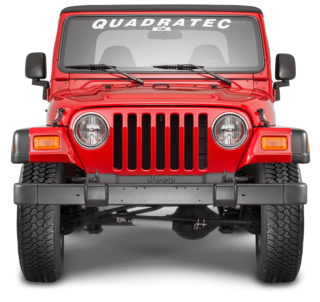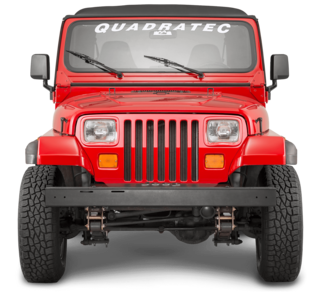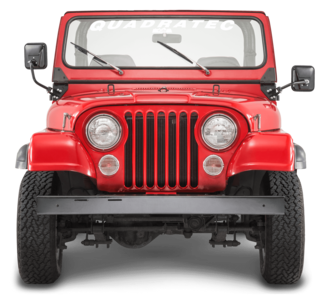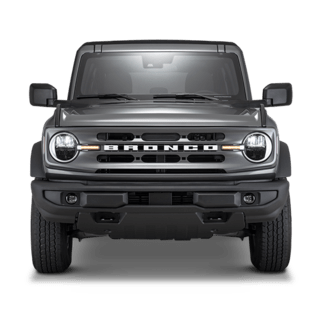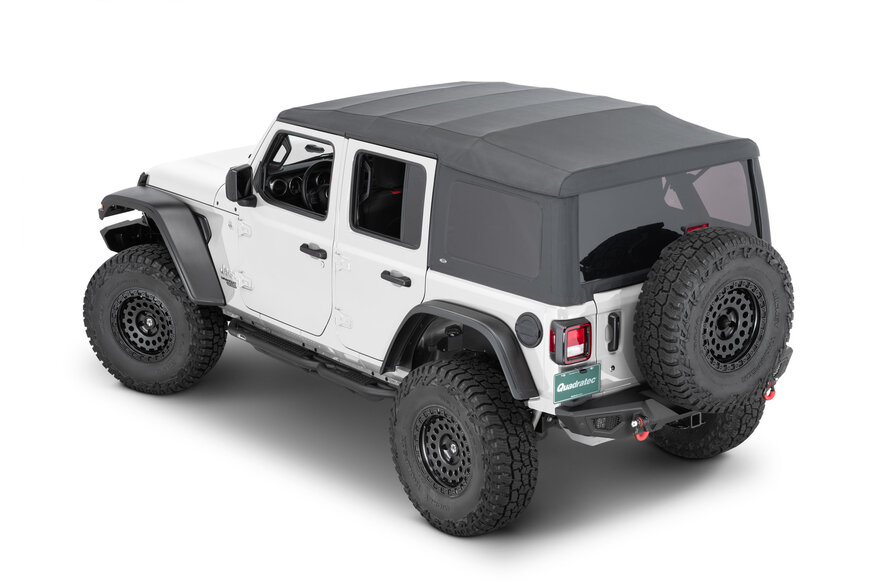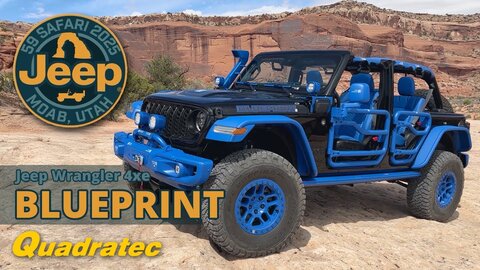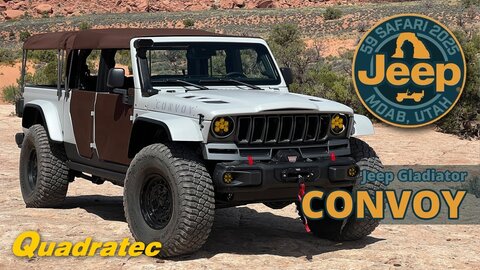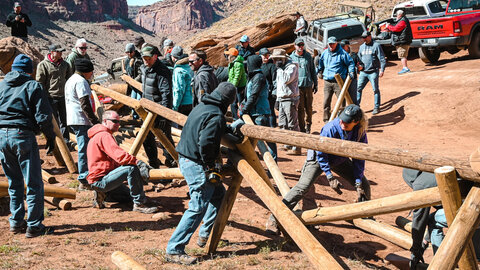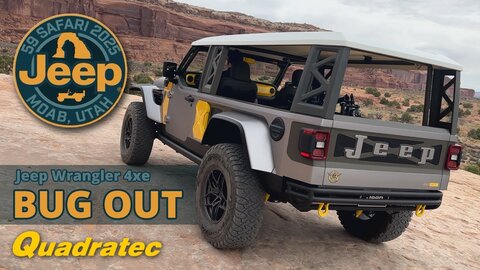by Scott Ammerman
Torque Senior Correspondent
There are plenty of great benefits to owning a Jeep soft top. The ability to put the top down fully, or remove the back and side windows for open-air driving, makes for serious driving fun. It also can be put up at a moment's notice should inclement weather threaten your perfect day.
Of course, soft tops don't last forever and we get a lot of questions throughout the year asking when they should be replaced. Like anything else, some preventive maintenance can go a long way in prolonging a top’s life, but somewhere around five to 10 years, depending on usage and material quality, it is probably time to start really inspecting your top.
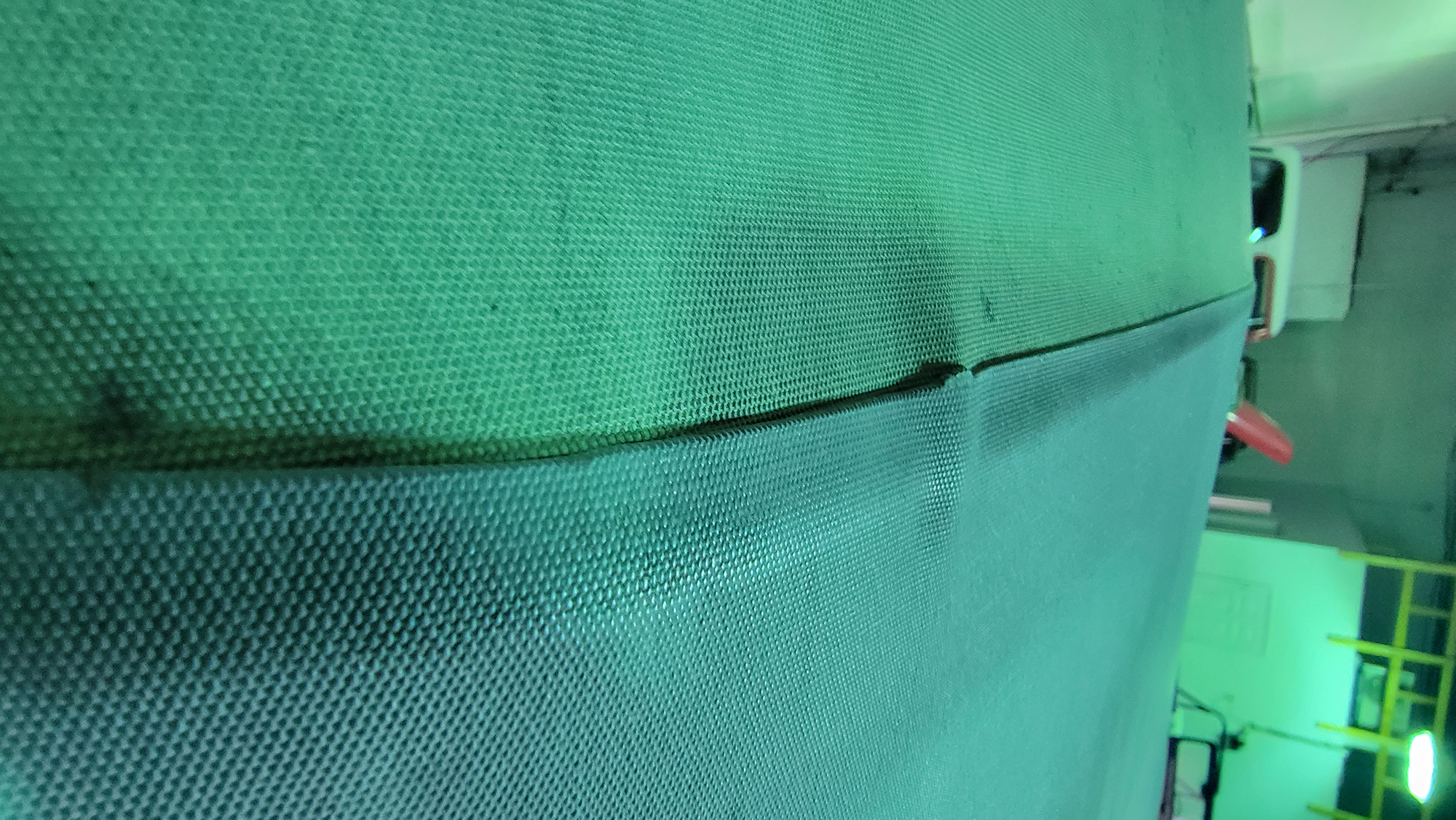
As with any vinyl or plastic product, your soft top can be damaged by exposure to the sun's ultraviolet rays, causing a litany of issues. The first thing you might notice is discoloration of the top material. With vinyl, this will show itself by, for example, a black top fading to gray. And the lighter the shade the worse the damage.
Another condition to watch is streaking, which can be caused by a combination of acidic rain and UV damage over the course of the top’s life.
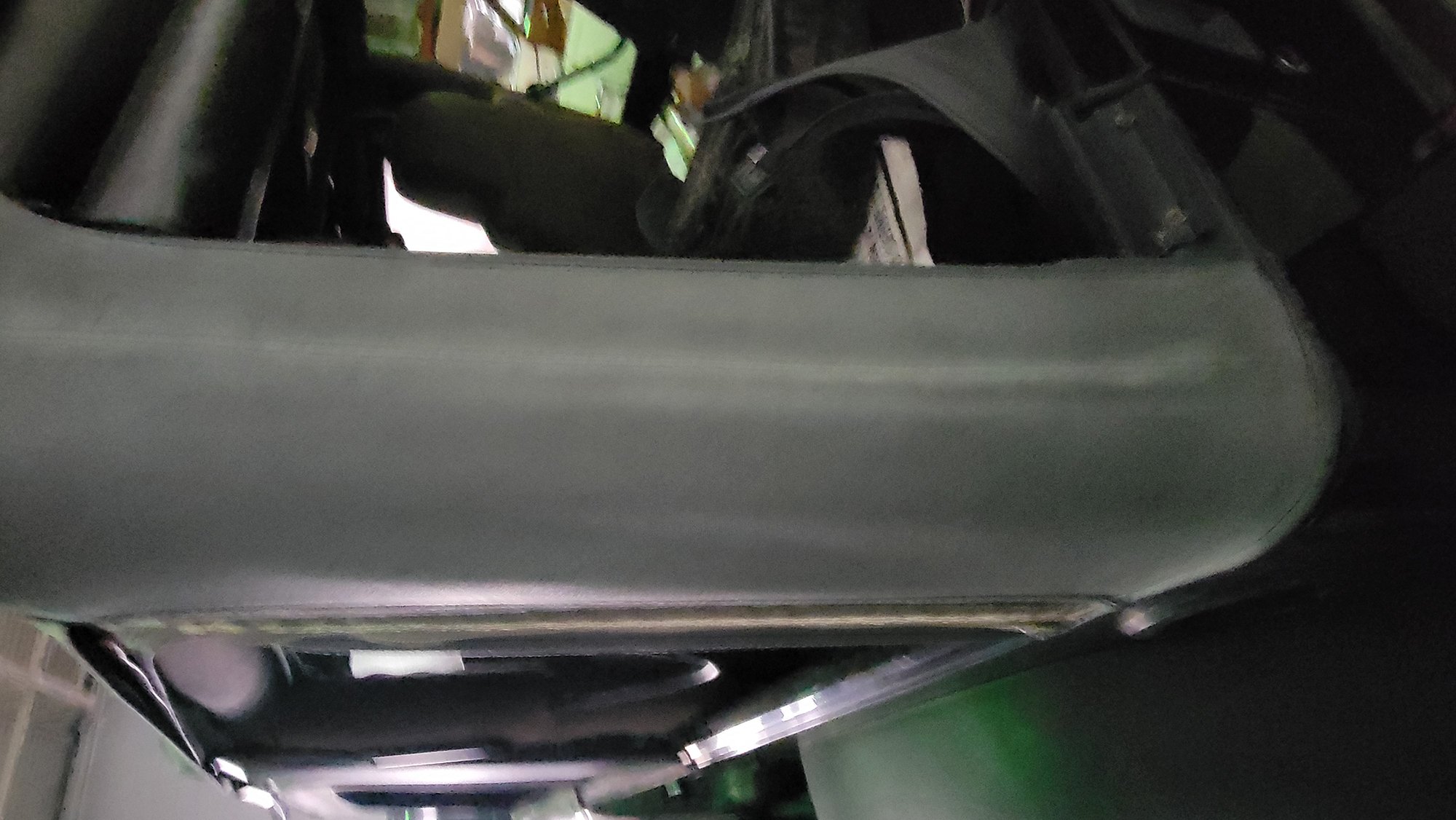
The same damage can cause the top material to shrink and grow brittle. When the material stretches, tearing can occur, particularly in colder weather when the material is less pliable.

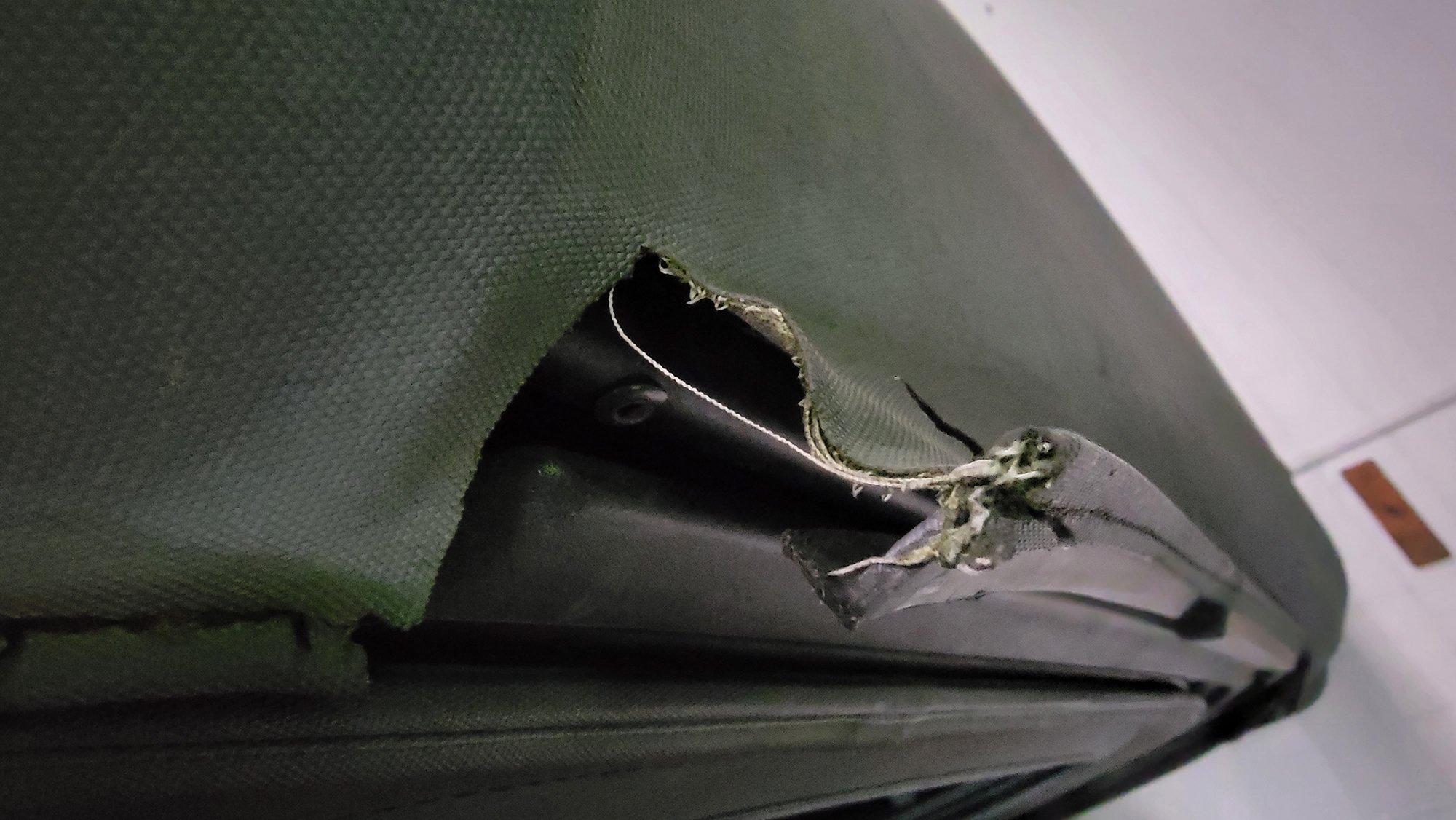
When your soft top gets to be on the older side of the spectrum, it is usually a good idea to leave it up unless the outside temperature is above 60 degrees. Both of these above tears occurred when the top was put down on a sunny day in the 50s, then back up after nightfall when the temp had dropped to below 30 degrees.
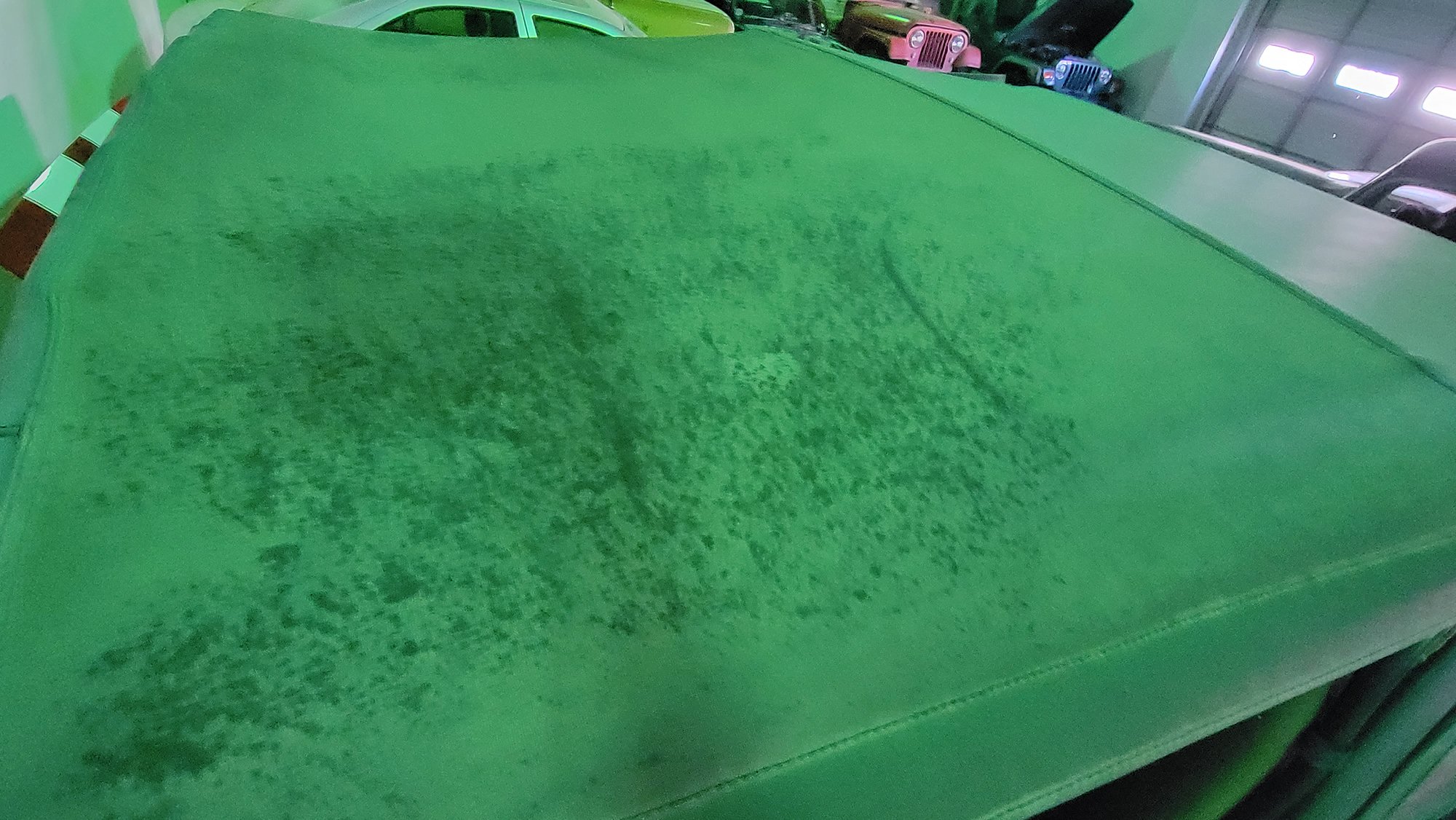
Your top can also become discolored by mildew forming on the surface of the material, which if left unchecked can cause the same type of brittle conditions as sun damage. This happens if water pools on the top and is allowed to turn stagnant. Removing mold when you see it forming is key to prolonging the life of your top.

Another sign of shrinkage is a panel stitch that begins to pull away. As that separation grows larger, it can easily become the source of a water leak and affect your Jeep’s interior.

Completely independent of environmental damage, the hook and loop fasteners that hold the windows in place can wear out with repeated use. When it gets to an advanced stage, the trailing edge of the window may no longer stay attached to the sail panel of the top, causing a whistling noise while driving or potentially a water leak. While the fabric loop side stays attached to the windows, which in many cases can be replaced if damaged, the hook side is part of the top and requires replacement if the wear becomes as severe as pictured here.
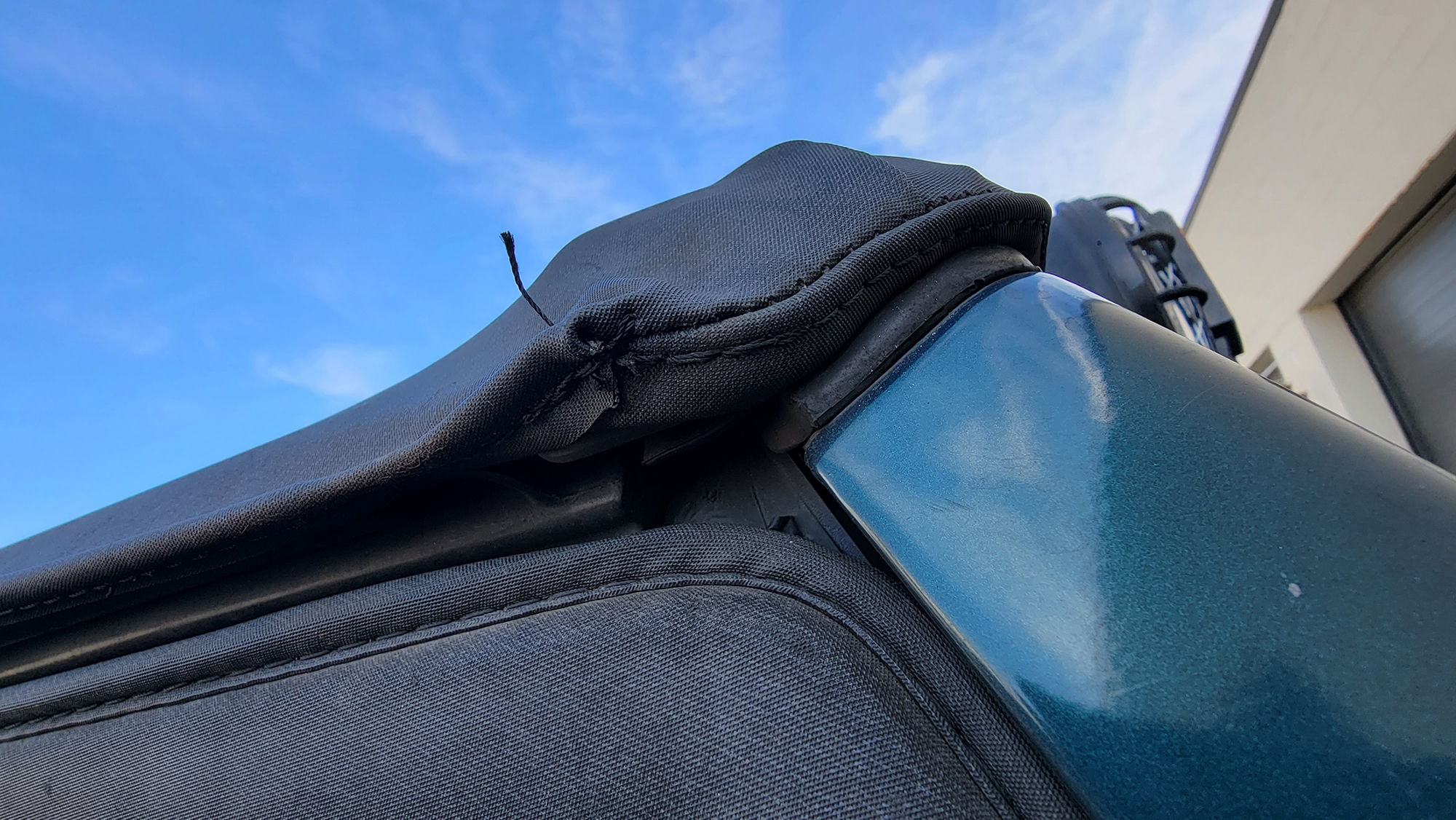
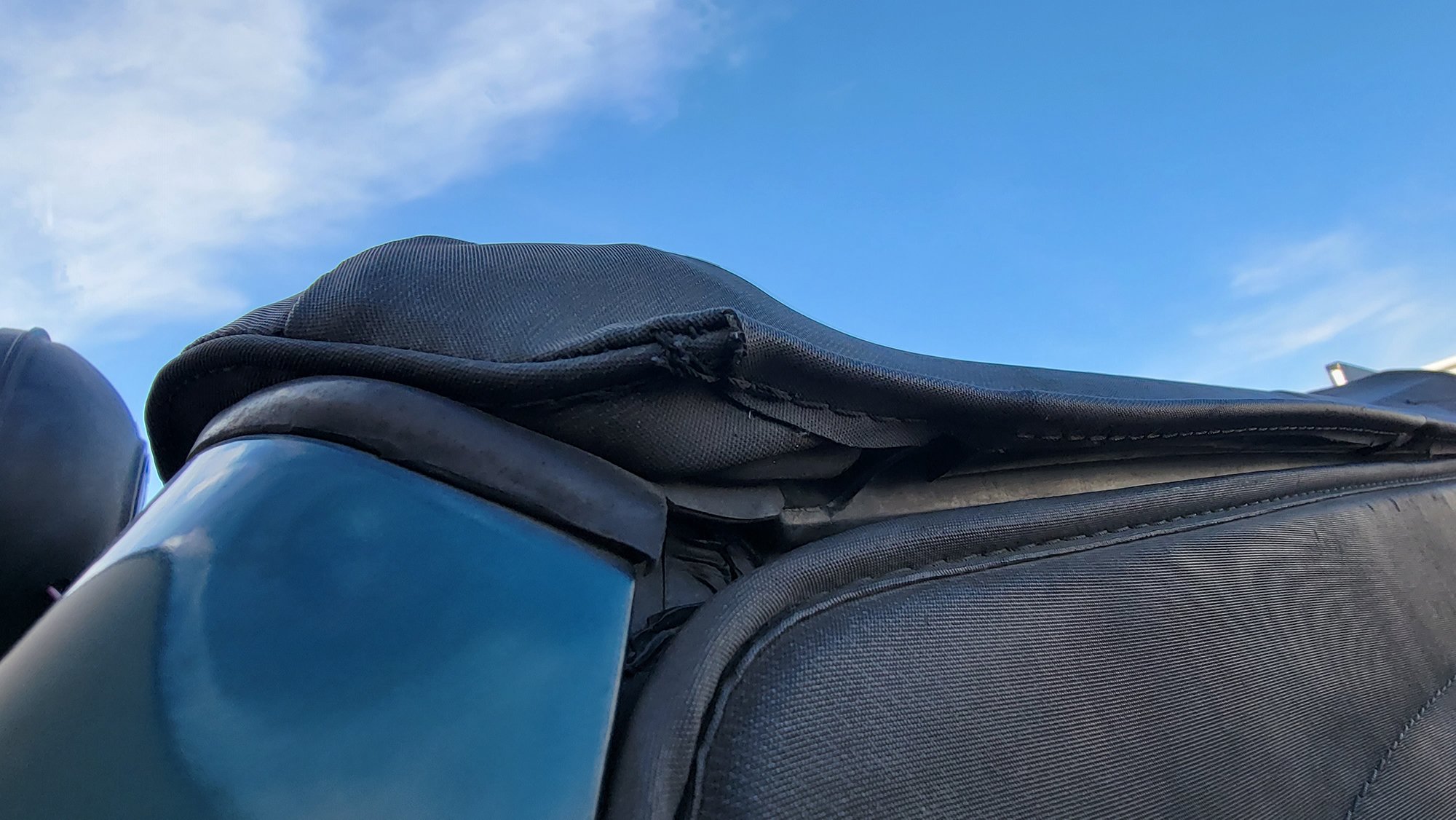
Wrangler TJ and older generation vehicles tend to have a much more pronounced lip where the top meets with the windshield channel. As long as there are no gaps in the leading edge, shrinkage has not occurred to the point where it will cause an issue. The top picture here was recently replaced, and that one exposed thread is just the end of a stitch — not actual damage.
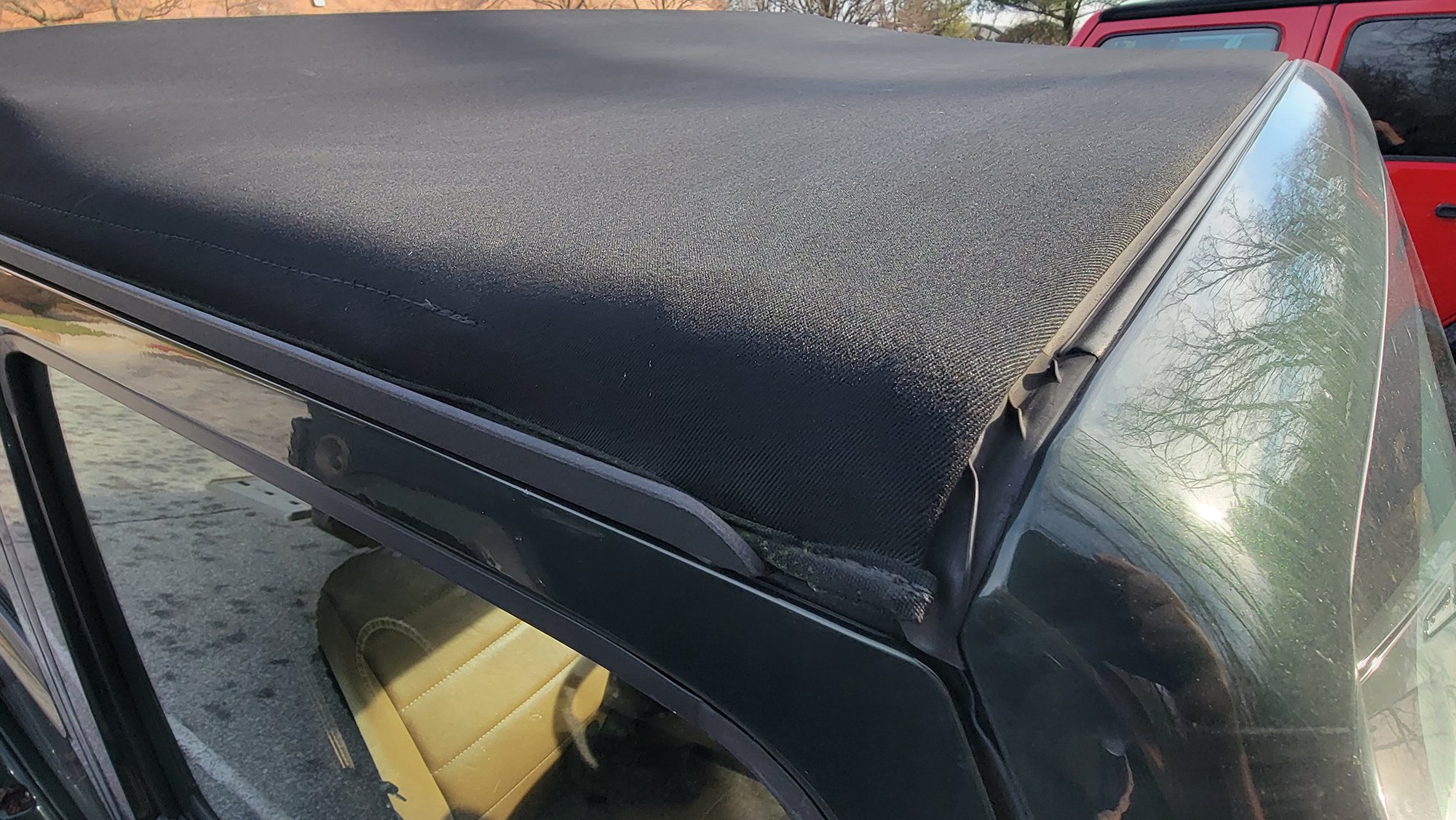
Wrangler JK models have a tighter leading edge, but will also start to pull back drastically if the top has shrinkage. The one pictured here is normal.

Tops that see more intensive trail use can sometimes get abrasion damage, particularly on the rear corners. This one is not an issue yet, but repeated contact with brush or trees could cause a hole to form. Since the damage is isolated to the edge beading, it does not require replacement or repair at this point.
Additionally, you may notice shrinkage of the window panels, causing a slightly rippled appearance. Still, with proper care, this top can last a few more years.
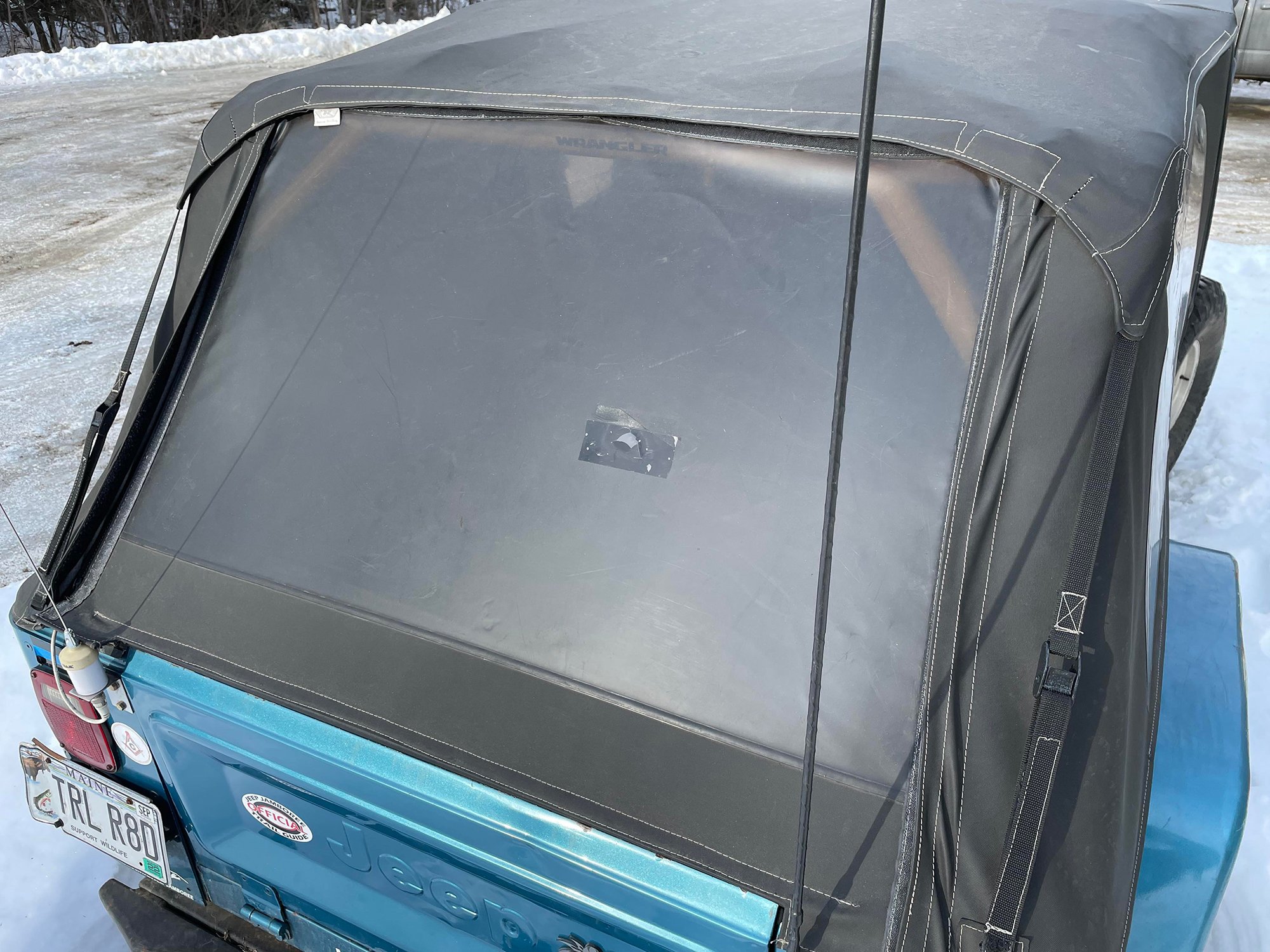
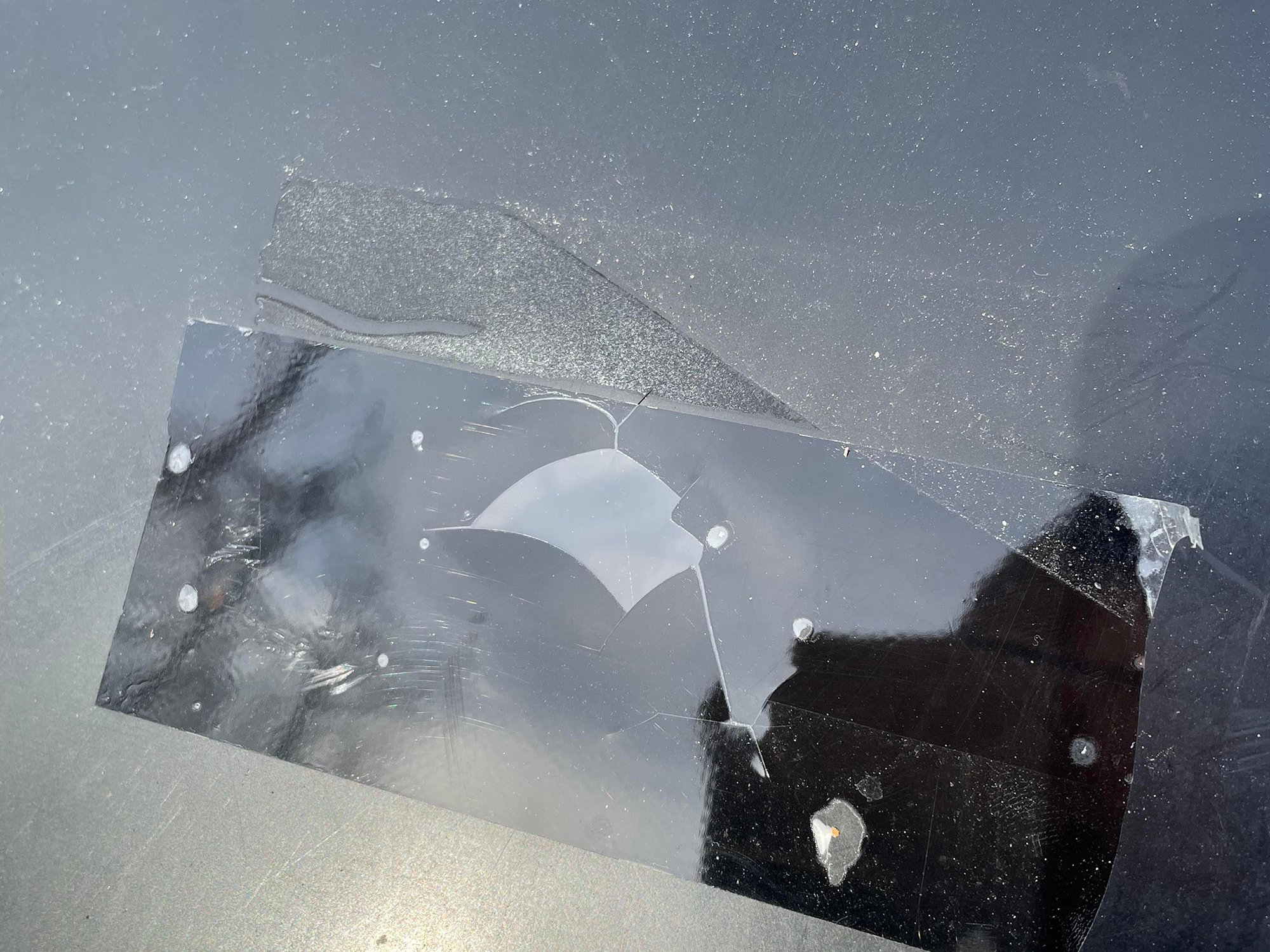
Speaking of windows, soft top plastic versions get very brittle in the cold. So exercise caution when brushing snow or ice off after a storm, as a puncture or tear can easily occur.
So what can be done to help keep your soft top in good shape?
A focused, periodic cleaning of the top that removes surface contaminants will go a long way, particularly when paired with the application of a protectant. The QuadraTop Soft Top Cleaner & Protectant Kit is a great example of a product to help streamline your cleaning routine.

This kit features a cleaner specifically made for soft top vinyl, as well as a protectant to keep the drying and discoloration to a minimum.
Another example is the Softtopp Premium Soft Top Cleaning Brush with Telescopic Pole. This includes that brush extension that can help you reach the middle of the top when washing, helping you attack hard-to-reach seams.

If you do end up needing to replace your Jeep soft top, you may want to consider a top made from twill fabric rather than black diamond vinyl if it is available for your model.
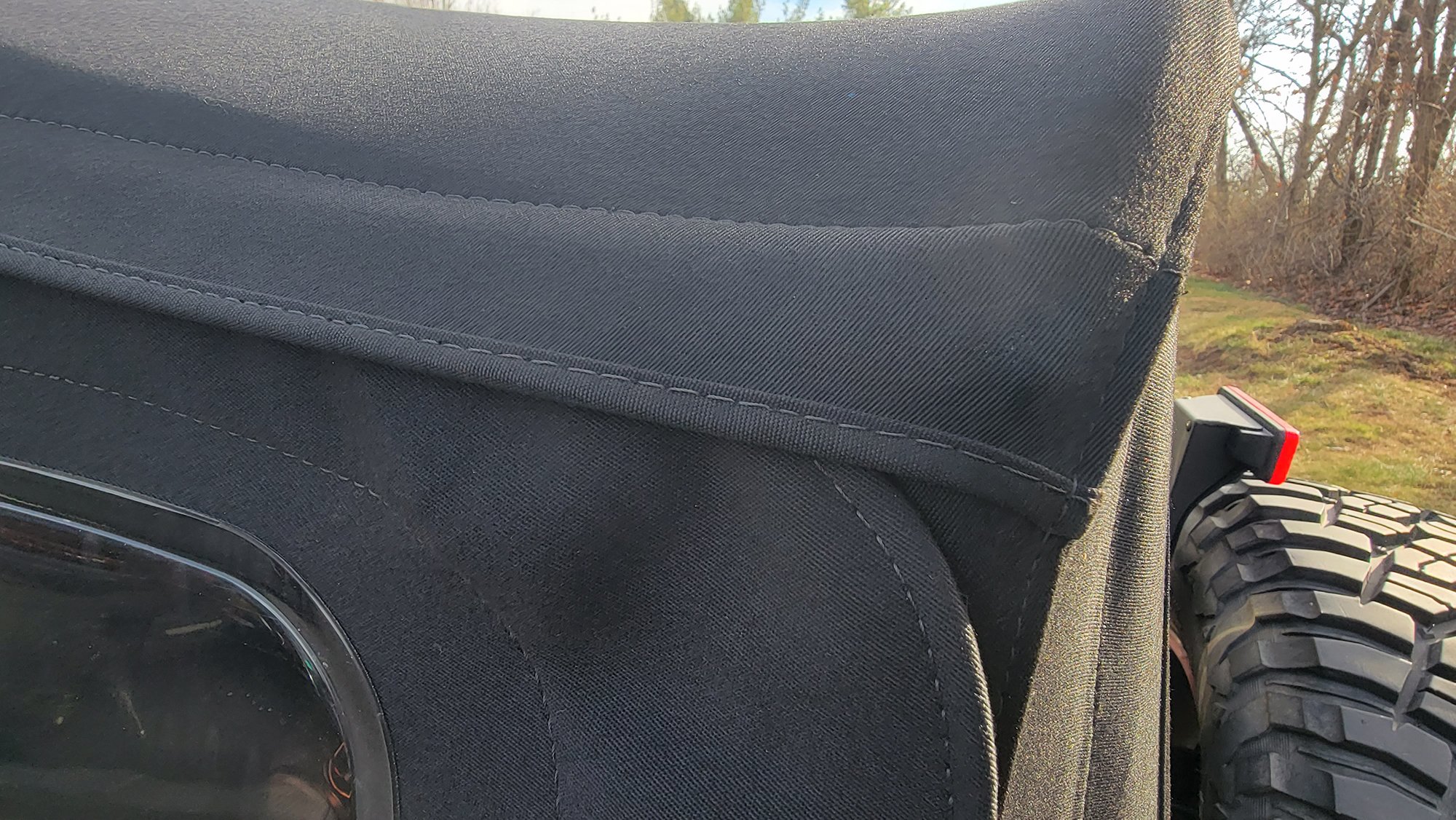
This thicker fabric tends to last far longer and is more resistant to UV damage, discoloration, fading, abrasion and shrinkage. Plus, it is whisper quiet when compared to other soft top materials, so your next drive will be far more enjoyable.




